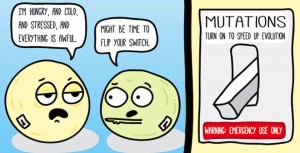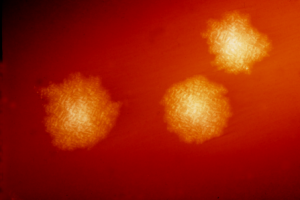This article contains a possible, evolutionary answer as to why all animals with a backbone and jaw develop with four limbs (based on the scholarly publication published by Laura Nuno de la Rosa). The hypothesis is that limbs develop in areas where the layers of tissue (during early development) are separated enough for an appendage to form-it just so happens that the location of the separations and their favorable interactions with other tissues allow those limbs to form. What struck me the most about the article was not its content but instead a line that reads, “As with any long-standing question in evolutionary biology, numerous ideas have been proposed to explain different aspects of the origin of paired appendages in vertebrates” (Science Daily). This reminded me of our discussion in class about the importance of thinking through all possible hypotheses to these evolutionary or distal questions. Also noteworthy is a line in the article that reads, “…the focus of the hypothesis on global embryonic patterning and tissue interactions emphasizes the importance of accounting for factors other than genes (epigenetics) to understand development and evolution” (Science Daily). With that, the author emphasizes the importance of viewing evolutionary issues at a macroscopic level instead of only focusing on the microscopic, DNA level. That is certainly another interesting idea to keep in mind when considering our upcoming assignment…Here’s the link to the article. At the end of the text, there is a citation of the the scholarly publication the article is based on as well.
http://www.sciencedaily.com/releases/2014/01/140127112729.htm

